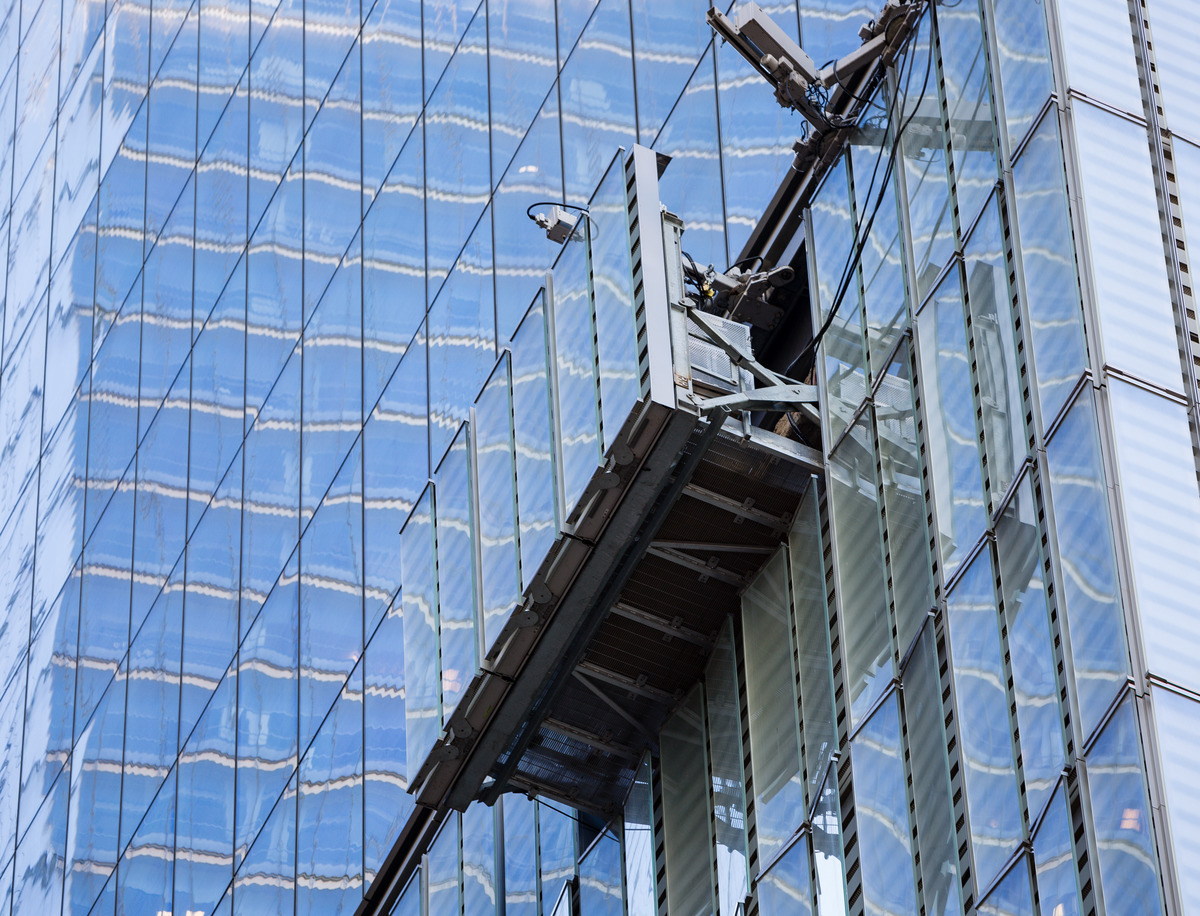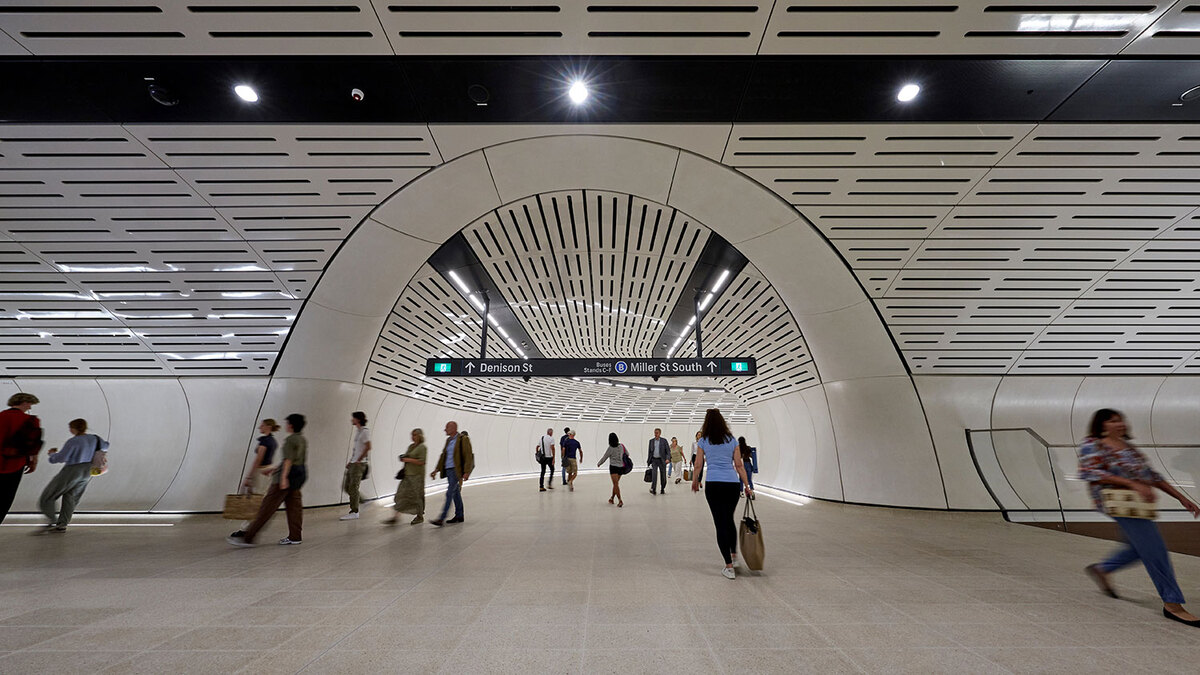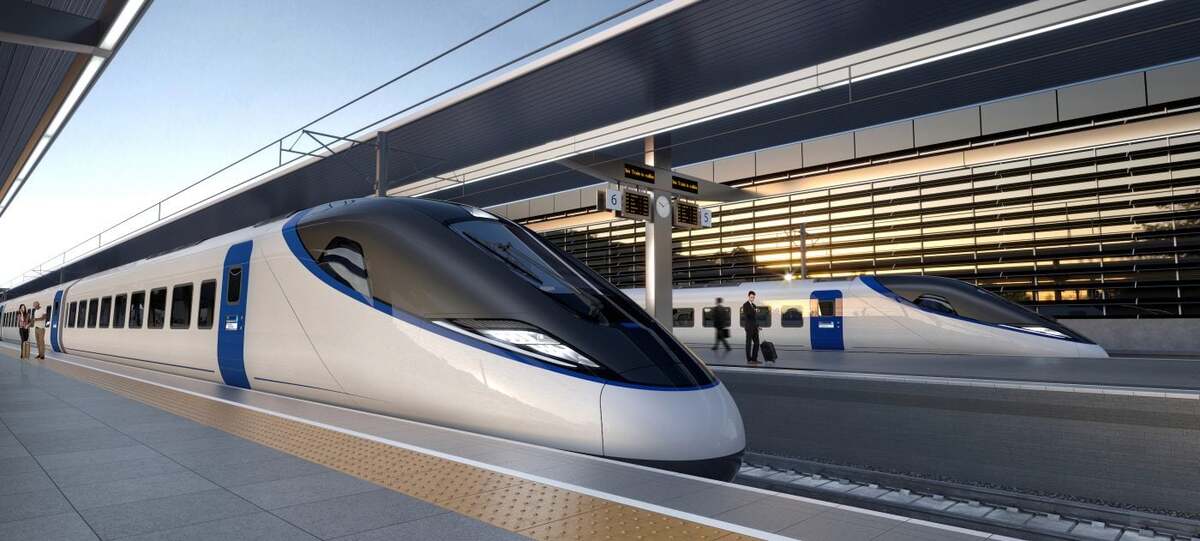In the construction sector, predictive analytics has become a game-changer, allowing businesses to tackle problems with data-driven accuracy. Six well-known building projects from around the world demonstrated in 2025 how predictive analytics can improve sustainability, manage risks, and streamline processes. These projects, which range from cutting-edge infrastructure to tall buildings, are prime examples of how advanced analytics can result in cost savings, increased safety, and on-time delivery.
This essay explores how predictive analytic is transforming these historic initiatives, emphasizing its usefulness, advantages, and difficulties. Readers can learn more about how predictive analytics tools are influencing the construction industry’s future by looking through these case studies. These examples provide insightful lessons whether you’re a researcher investigating the possibilities of predictive analytics or a professional looking to apply it.
Table of Contents
Benefits of Predictive Analytics in Construction
1. Improved Decision-Making: Project managers may make well-informed decisions thanks to predictive analytic actionable insights.
2. Lower Costs: Predictive analytics dramatically reduces project costs by streamlining processes and cutting waste.
3. Increased Safety: Predictive models are used by tools like Smartvid.io to reduce risks on the job site.
4. Sustainability: Projects can obtain green certifications by examining resource and energy usage.
6 Iconic Construction Projects Optimized by Predictive Analytics
1. Burj Khalifa Maintenance Optimization (Dubai)

Predictive analytic was used for post-construction maintenance of the Burj Khalifa. The system may forecast maintenance requirements for air conditioning, elevators, and structural elements by combining IoT sensors and machine learning models.
Key Outcomes:
- 20% lower maintenance expenses.
- Reduced interruptions and increased service efficiency.
2. Structural Health Monitoring at One World Trade Center (New York)

During the One World Trade Center’s construction, predictive analytics was used to predict structural stresses and guarantee safety compliance. To forecast possible breakdowns, AI-driven programs examined building materials.
Benefits:
- Increased security through the identification of high-risk areas.
- Despite logistical challenges, the project was delivered on time.
3. Sydney Metro Predictive Risk Management (Australia)

In order to prevent mishaps during the Sydney Metro construction project, predictive analytic methods were used to identify potential dangers by analyzing historical data and real-time inputs.
Principal Accomplishments:
- 15% fewer accidents occurred on the job site.
- Increased worker productivity through proactive risk management.
4. Lusail Iconic Stadium (Qatar)

During the construction of the Lusail Stadium for the 2024 FIFA World Cup, predictive analytics made sure that waste management and material procurement were done efficiently.
Enhancements:
- 25% less material was wasted.
- Timely project completion while making the most use of available resources.
5. Energy Efficiency Analysis of Shanghai Tower (China)

Shanghai Tower obtained green building certifications by using predictive analytic into its energy management systems. Through the analysis of patterns in energy usage, the tower adjusted lighting and HVAC systems.
Findings:
- 30% less energy is used.
- LEED Platinum certification was obtained.
6. HS2 High-Speed Rail (United Kingdom)

Predictive analytics was used in the HS2 project to handle its intricate scheduling and resource distribution. Analysis of real-time data from building sites was done to predict delays and distribute workers as efficiently as possible.
Overcoming Obstacles:
- Unforeseen delays brought on by bad weather.
- Predictive insights were used to address the inefficient use of resources.
Suggested article to read: 4 Case Studies of Successful Smart Construction Solutions (2024)
Challenges in Adopting Predictive Analytics
1. High Initial Costs: Predictive tool adoption necessitates large expenditures for technology, software, and qualified staff.
2. Problems with Data Integration: Since construction projects frequently involve a number of stakeholders, integrating data from various sources can be difficult.
3. Opposition to Change: Employees who are hesitant to embrace data-driven approaches provide a challenge for many businesses.
Prospects for Predictive Analytics in the Construction Industry
1. AI-Powered Tools: Predictive tools will provide even more accurate forecasting skills as artificial intelligence develops.
2. IoT integration: Real-time data for predictive models will be provided by IoT-enabled devices, improving on-site decision-making.
3. Cloud-Based engagement: To facilitate smooth stakeholder engagement, predictive analytics solutions will increasingly leverage cloud technologies.
Conclusion
The use of predictive analytics in building projects is changing the face of the sector. These six notable projects from 2024 show how important predictive tools are to attaining sustainability, safety, and efficiency. More businesses are implementing these technologies since the advantages greatly exceed the drawbacks, even in the face of obstacles like exorbitant prices and complicated data integration.
Construction professionals can use predictive analytics to overcome challenges and produce outstanding results by taking inspiration from these case studies. Predictive analytics is a key component of construction methods that are prepared for the future as the sector welcomes innovation.
FAQs
What is predictive analytics in construction?
- Answer: Using data-driven models to forecast hazards, maximize resources, and improve project outcomes is known as predictive analytics in the construction industry.
How does predictive analytics improve construction efficiency?
- Answer: Predictive tools facilitate improved planning, resource allocation, and risk management through the analysis of both historical and current data, which results in more efficient processes.
What are the challenges of implementing predictive analytics in construction?
- Answer: High expenses, complicated data integration, and reluctance to embrace new technologies are some of the main obstacles.
Can predictive analytics support green construction initiatives?
- Answer: Indeed, predictive analytics technologies assist projects achieve sustainability objectives and green certifications by analyzing resource and energy utilization.
How do predictive analytics tools enhance construction safety?
- Answer: Predictive technologies reduce on-site risks and increase worker safety by using data analysis to identify prospective hazards.
Suggested article for reading:
The Role of PIM in Sustainable Construction (2024)
Resilient Construction; 2024 Guide
Top 7 Reusable Materials in Construction; 2024 Review
Case Study: Top 4 Eco-Friendly Smart Building Construction Projects
Top 23 Famous Women Architects in the World; 2024 Review
IIoT Technology: Top 7 Sustainable Practices It Enables
The Ultimate Guide to IoT Sensors in Construction (2024)
Resources:
Fluor Corporation | Skanska | Turner Construction | Construction Dive
For all the pictures: Freepik | Archdaily


